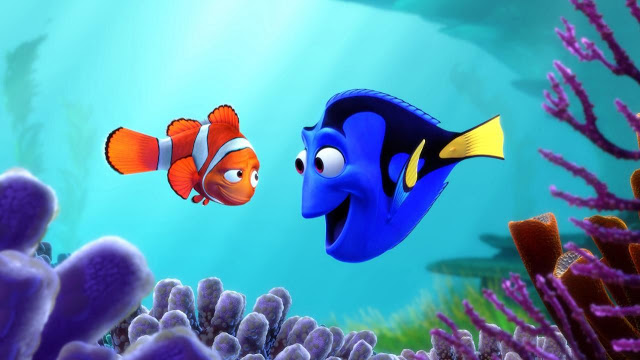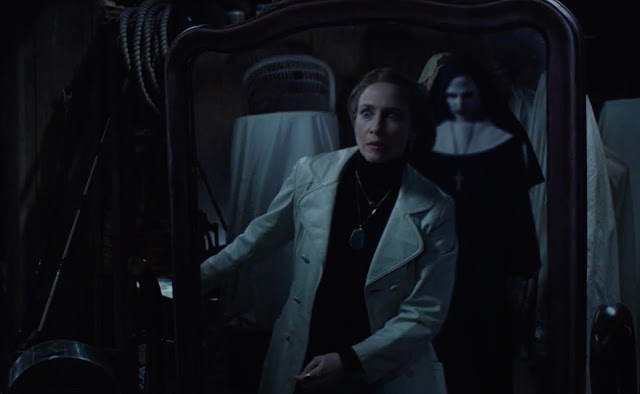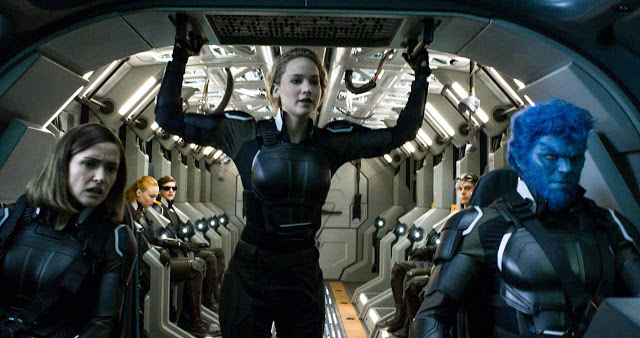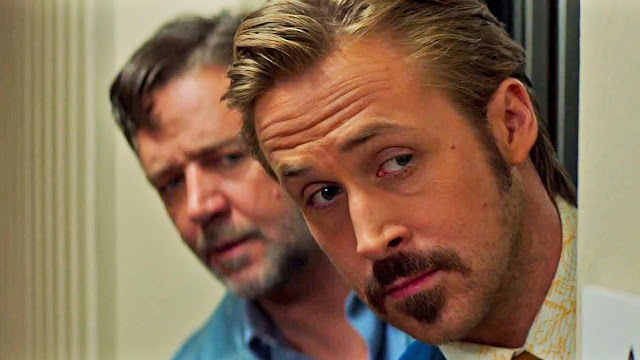Finding Dory: Remember, Remember, the Fish Blue and Tender
One of the many running jokes in 2003’s Finding Nemo—that magnificent maritime adventure from Pixar Animation Studios—was that its main character, Marlin (voiced by Albert Brooks), was a clownfish but was spectacularly unfunny. In fact, Marlin was a neurotic grump, far more prone to panic than humor. He’s still grousing about anything and everything in Finding Dory, but one of his complaints stands out. “Crossing the entire ocean is something you should only do once,” he grumbles. It’s a gripe that might as well be chum to metaphor-hungry film critics—not that I have anyone in mind—looking to compare this sequel to Finding Nemo, which remains one of Pixar’s greatest achievements. The computer-animation pioneer is renowned for many things—breathtaking visuals, witty dialogue, mature themes smuggled inside kid-friendly packages—but perhaps its defining trait is its commitment to originality. This is, after all, the studio that has told tales of culinarily gifted rats, silent robots, and anthropomorphized emotions. Which brings us back to Marlin’s gloomy, profound question: Is it really worth crossing the ocean twice? That is, can a straightforward sequel really be worthy of joining the animation giant’s formidable canon?
Yes and no. What, you were expecting a straight answer? Fine, I’ll be blunt: Finding Dory is not as good as Finding Nemo. Yet even that seemingly straightforward assessment comes with a caveat, namely: so what? Comparing sequels to their originals is a reductive way of evaluating them on their own merits; that’s especially true when said original is one of the best movies of the prior decade. Finding Dory may, er, swim in the shadow of its progenitor, but that shouldn’t preclude us from weighing its standalone value as a movie. Read More





